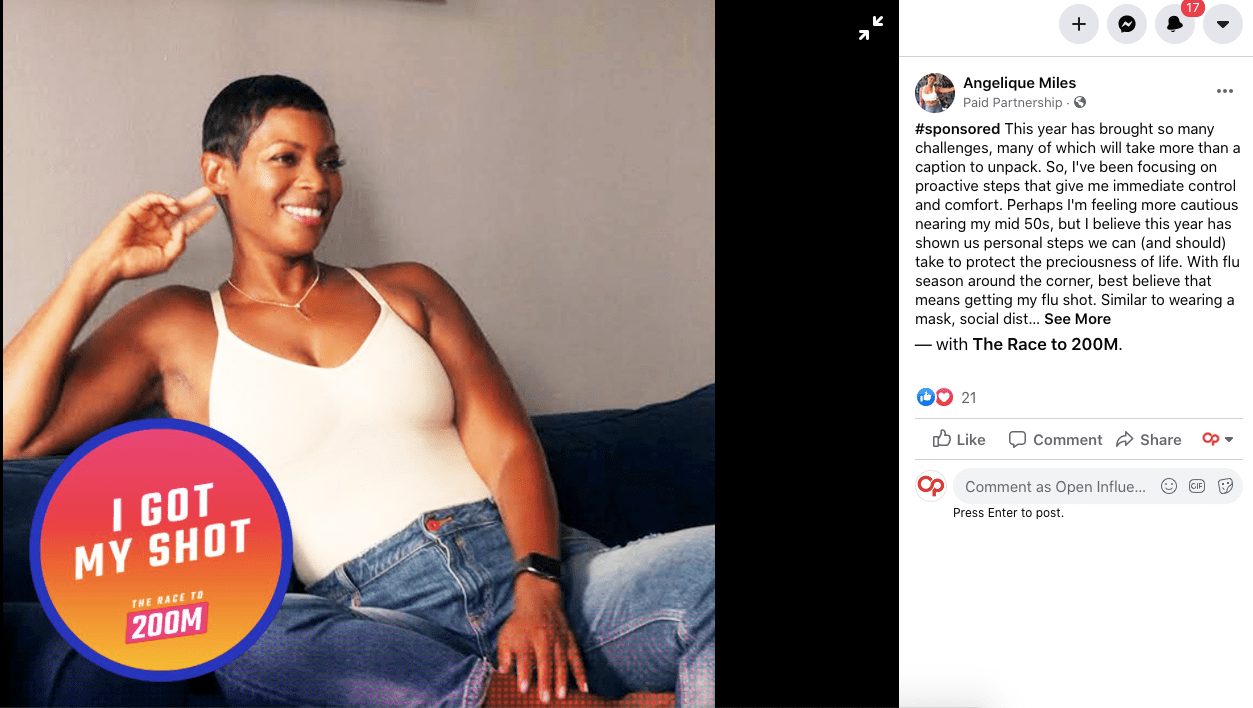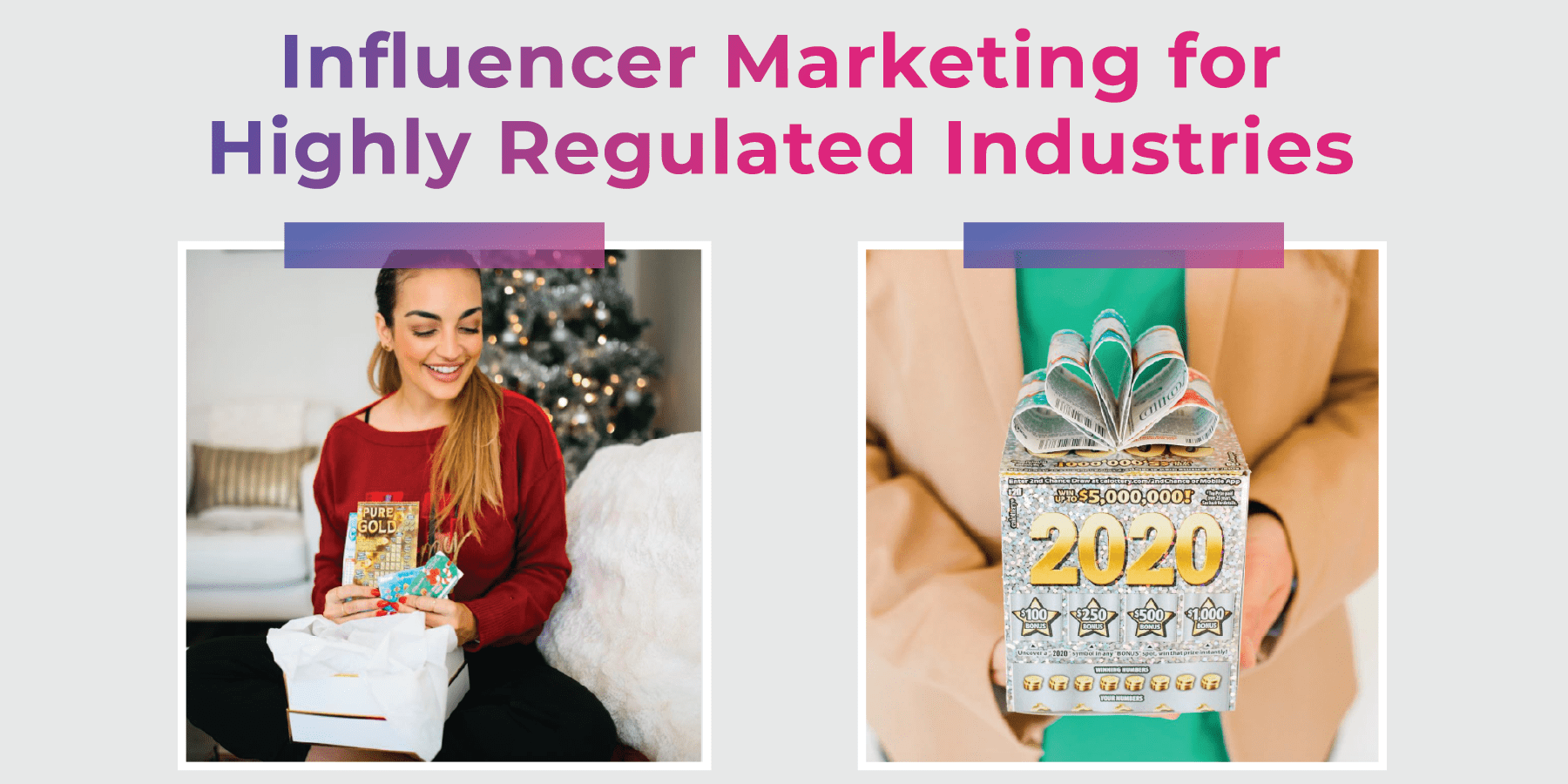To whom it may concern… That is the question.
There are products, services, and entire industries that raise concern for many people. A sample list may include cannabis, alcohol, gaming and lotteries, pharmaceuticals, etc. These industries are highly regulated due to their high-risk potential. Access to some may be restricted by age, territory or forbidden from being publicly promoted. For example, since 2005, all 168 member states of the World Health Organization agreed to ban tobacco advertising (unless it’d be unconstitutional). Of course, not everything is as harmful as smoking or as straightforward as an international ban. There are many regulated areas where influencer marketing can thrive generating exciting content and proving beneficial for all involved.
First of all, fear not!
Influencer marketing is built on trust. Both the brands and the consumers rely on trust in the influencer to make a meaningful connection. When traditional advertising models (broadcast, print, billboards) are not available, organic influencer content becomes a premium alternative to resonate with new audiences. For CBD-infused products or alcoholic beverages, the element of social validation is a major factor as well, both online and offline. We seek to share these experiences, albeit always encouraging responsible consumption.
View this post on Instagram
Here are three steps for successful influencer marketing campaigns for highly regulated industries:
- Understand the Industry
- Understand the Platform
- Understand the Context
Understand the Industry
Study and understand the legalities of the industry in question because regulations may differ from country to country or state to state. For example, while cannabis is legal in some states, it is still illegal at the federal level. It means no cross-state trade or marketing, which can hinder working with a celebrity-status influencer so it can be beneficial to focus on micro-influencers in specific communities. Always keep in mind that “the wording of posts must be pre-approved to avoid liability,” suggests Eric Dahan, CEO of Open Influence.
View this post on Instagram
Companies might find the initial ramp-up period especially daunting due to common challenges in identifying the right influencers, selecting a platform or creating engaging stories, among other hurdles. More often than not, marketers focus solely on the distribution qualities of influencers, leaving aside their creative potential and personal connection with their audiences. A balance between campaign guidelines and creative freedom will impact the outcome of an influencer initiative. If you are hesitant to commit to possible higher risk ideas, monitor the market-wide type of content created by industry leaders. Brands in regulated industries can leverage the creative power of influencers to keep their marketing fresh and creative while playing by the rules.
Understand the Platform
You must have seen these labels by now. Sponsored content. Paid partnership. The Federal Trade Commission (FTC) continuously updates its Guidelines for Internet Advertising since 2000. They have developed specific endorsement protocols as well, most recently upgraded in 2015. There is even a handy Influencer 101 Guide with clear instructions on how to mark your branded content. Keep in mind that what is possible on TikTok may not be an option on Twitter and so on, beyond the platforms’ technicalities. Social media platforms are evolving in regard to how they regulate influencer content themselves. “Platforms are adopting their own policies and practices and building enforcement features to curb the game of Whack-A-Mole,” comments Dahan. “In most cases, it is designed to help everyone stay in compliance with existing laws.” A great example of this principle in action would be a temporary ban on the promotion of non-medical masks and face coverings on Facebook and Instagram in the wake of coronavirus misinformation at the start of the pandemic.

Understand the Context
Beyond the legalities and practicalities of what’s possible, it is also worth paying attention to the wider social context of your potential influencer marketing campaign. What is the sensitivity around your particular subject at this time? How would your audience perceive this content coming from you? This requires more than a knowledge of laws and algorithms. Earlier in 2020, during the Black Lives Matter protest around the United States, some brands and influencers compromised their reputation under accusations of “performative allyship”. While every moment is an opportunity, not every moment is an opportunity to promote a product or a service, especially if it is connected to a highly regulated industry. This would be a great time to remember to trust your audience, too. Polls and exploratory posts can help you sense your followers’ attitude towards an idea. They have decision-making power too, including a chance to publicly comment or privately report/flag your content if it seems to violate any laws, guidelines and seem insensitive given its zeitgeist.
The change in any Presidential administration is likely to bring additional developments in FTC guidelines and attitudes towards social media and highly regulated industries in general and their crossover, in particular. We will continue to inform you of the latest updates and trends in the coming months. For now, this primer is a good place to start for safer engagement.
Resources to keep in your influencer marketing toolkit:
Want to learn more? Contact Open Influence for influencer marketing strategies for highly regulated industries.






